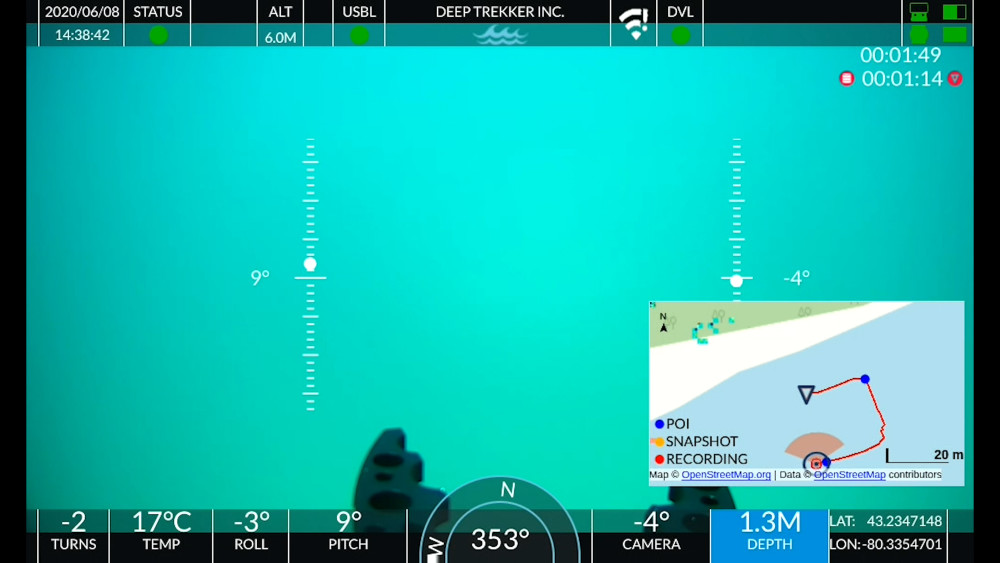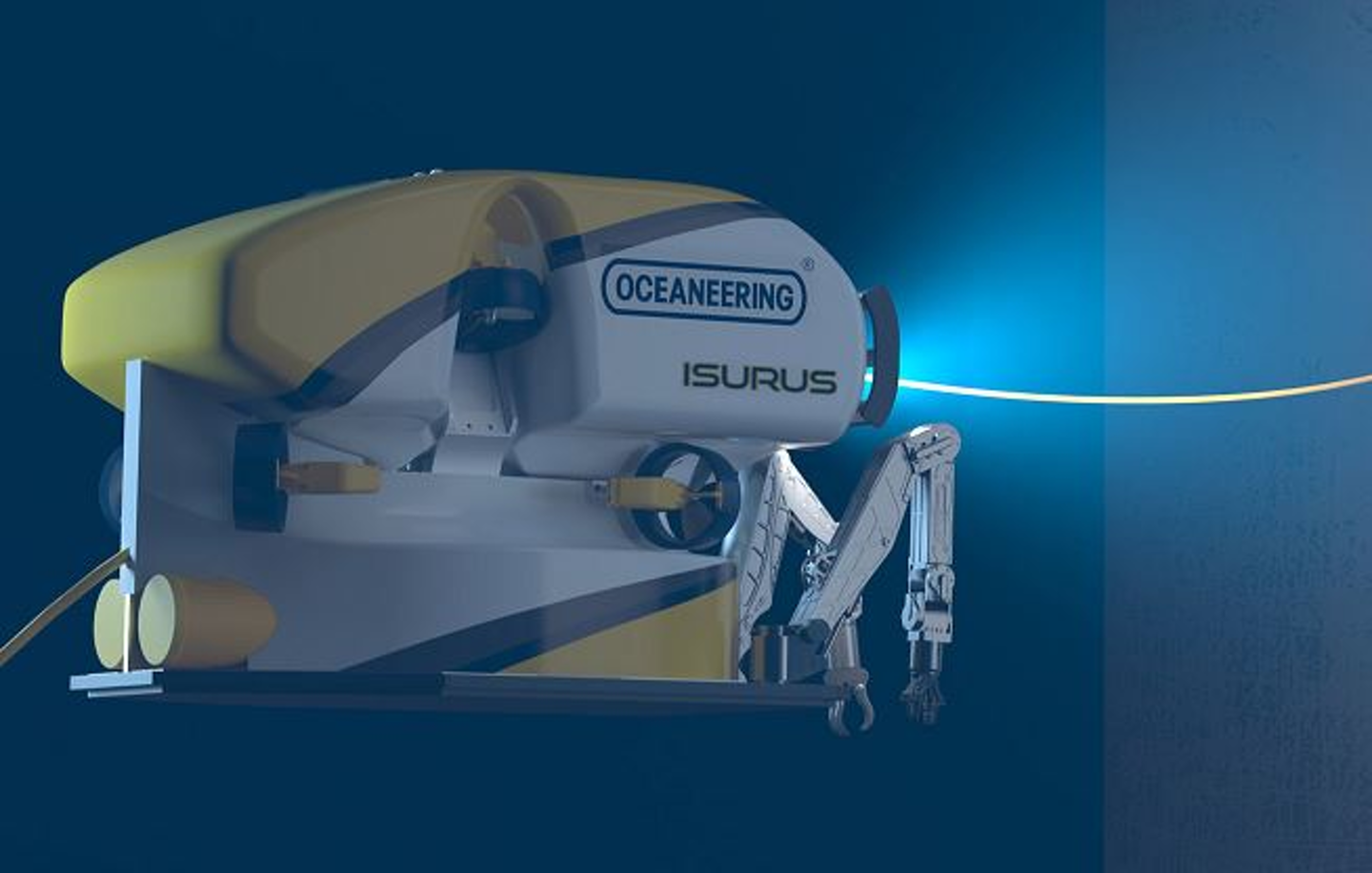Home › Forums › ROV › Self/Home Build ROV Discussions › Propulsion dilemma
- This topic has 1 reply, 1 voice, and was last updated 17 years, 8 months ago by
Gina McLauchlan.
-
AuthorPosts
-
September 18, 2006 at 10:01 am #159
Gina McLauchlan
ParticipantThis is one carried over from the old forum
Hi Rov-enthusiasts,
I’m from Switzerland and I’m building a mini-rov similar Seaeye Falcon.
Can’t afford to buy a Falcon so I’m building it step by step. (pretty taff!).
Until now estimate costs are arround 7-8.000 $ for a surface rov, 350-400m depht capability.Yes, the problem is and remains the propulsion method (already red “drive motors” section: very useful!)
I’m trying to understand how Seaeye built a Magnetically Coupled brushless DC Thruster with 13 [KgF] of push!!
I suppose the rotor (outside) has been separated from the stator(inside of the motor container) through a plastic cylinder or similar and coupling the Hall sensor in some way… in this case the motor efficiency has to drop drammatically due to greather traferro?!?
Oil balanced motor container is a good idea but in sensitive water there is no 100% enshurance of no pollution (oil seals,ecc… included).
Pressure air tank balancing is a bit to complicate for mini rov.
So if u have more than just an idea on how to Magnetically Couple 350W let me konw!!
Thanks in advance
PaulSeptember 18, 2006 at 10:05 am #7912Gina McLauchlan
ParticipantThis is one carried over from the old forum
Choice of motor:
The basic formula is: F = 2pi T/p
Where
F = thrust in Newtons
T = Torque in Nm
p = Prop pitch in metres (distance the prop will travel in one revolution)Taking as an example a Maxon 400 Watt brushless motor, the manufacturer quotes torque of 657 mNm at 5000 RPM.
The first thing to do is calculate what pitch of prop you need for the speed you want the ROV to go: If we decide we want 2 m/Sec (about 4 Kts), the pitch will need to be 2 x 60 / 5000 = 0.024 m
Thrust will be 2 x 3.14 x 0.657 / 0.024 = 172 N (17.2 Kg force)
Repeat this calculation for the motors/props you have available and see what combination gives the best value.
Note that this is a theoretical value for a perfect system. There will be losses in the coupling and especially the prop/nozzle – without a lot of experimentation you might only achieve 50% efficiency.
Magnetic couplings.
I haven’t managed to get my hands on a magnetically coupled thruster, the only mag couplings I have pulled apart have been on hydraulic pumps. The seal is not inside the motor, there is a normal motor driving a coupling. The principle is quite difficult to explain without diagrams, but basically it is this: On the end of the motor shaft is mounted and armature of laminated iron with a ‘cage’ of copper conductors embedded, exactly the same as the armature of a ‘squirrel cage’ AC induction motor, this is contained inside the motor housing. Surrounding the armature but outside the housing are some permanent magnets, attached to the prop. When the motor turns the armature, the copper conductors move through the field of the permanent magnets, inducing a current in the cage, which produces its own magnetic field and pulls the permanent magnets round. (The physics involved is exactly the same as for an induction motor) One of the features of this system is that the prop always runs slower than the motor (the amount of slip is proportional to the torque transmitted). It strikes me that this system might not be very efficient at low revs, maybe the thrusters use a system with permanent magnets on both halves? I don’t know.
When you talk about locating hall effect sensors, obviously the sensor for the commutation electronics of a brushless motor needs to be inside the housing on the motor shaft. If you want true speed control of the prop, you need a proximity detector of some sort built into the nozzle, giving a pulse as each prop blade passes. This then feeds back to the speed control circuit where it is compared with the demand signal, generating the control signal for the motors commutation electronics.
If you have reasonable machining facilities you might be able to make your own magnetic coupling using the armature from a small 3 phase motor. As a rough guide, on the magnetic coupled pumps I have looked at the armature of the coupling has been about half to threequarters the size of the motor armature (using modern high strength magnets might allow it to be a bit smaller)
I think you might still need to think in terms of oil filling the motor housing – I haven’t done the calculations, but 35 bar is a lot of pressure, and the wall of the coupling needs to be as thin as possible to make the magnetic circuit efficient.
-
AuthorPosts
- You must be logged in to reply to this topic.



